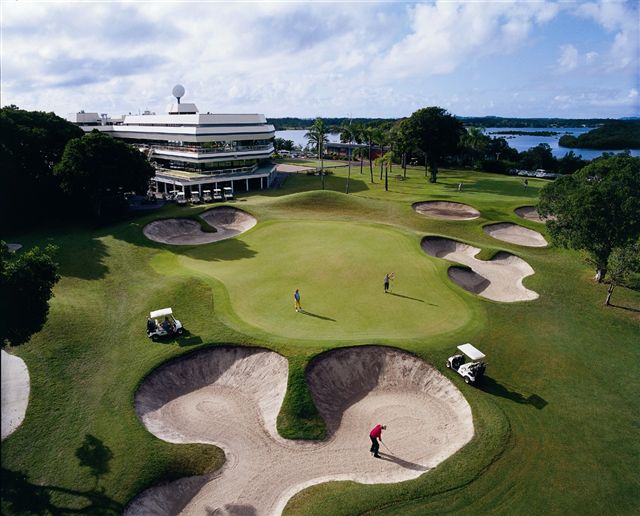A vastly different end to this week with a very cool breeze blowing all day on Friday and then quite a shower of rain to finish it off. The daylight hours are shrinking fast as well and this adds up to the warm season turf we have on the courses starting to go to sleep for the winter. The West greens in particular have lost some more colour and have tightened up which is the natural reaction of the grass at this time of year. All the other playing areas have now all but stopped growing as well. As mentioned a few weeks ago it is now more important than ever to fill your divots with sand and repair pitchmarks on the greens on both courses.
I read an article this week (which I can't find again) and Mike Clayton was quoted as saying something like - the groundstaff on golf courses should stop raking bunkers and let the players care for them on their own as it is the one part of the golf course that the players are equipped and able to maintain themselves. I don't think I would like to see the result here at Cool Tweed though given the poor attention given to bunker raking as evidenced from this weeks photo below. There's the old saying of when you repair your pitchmark, repair a couple of others. We might need something like when you rake your footprints out after playing a bunker shot, rake a few others marks as well!!??
 |
| LHS 17W Thursday morning! |





